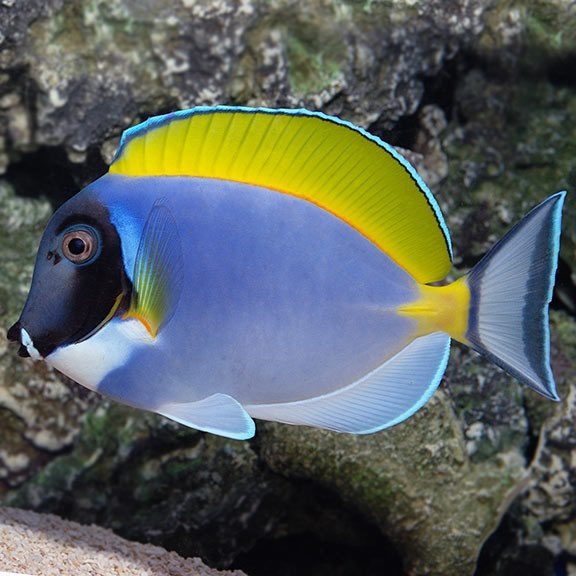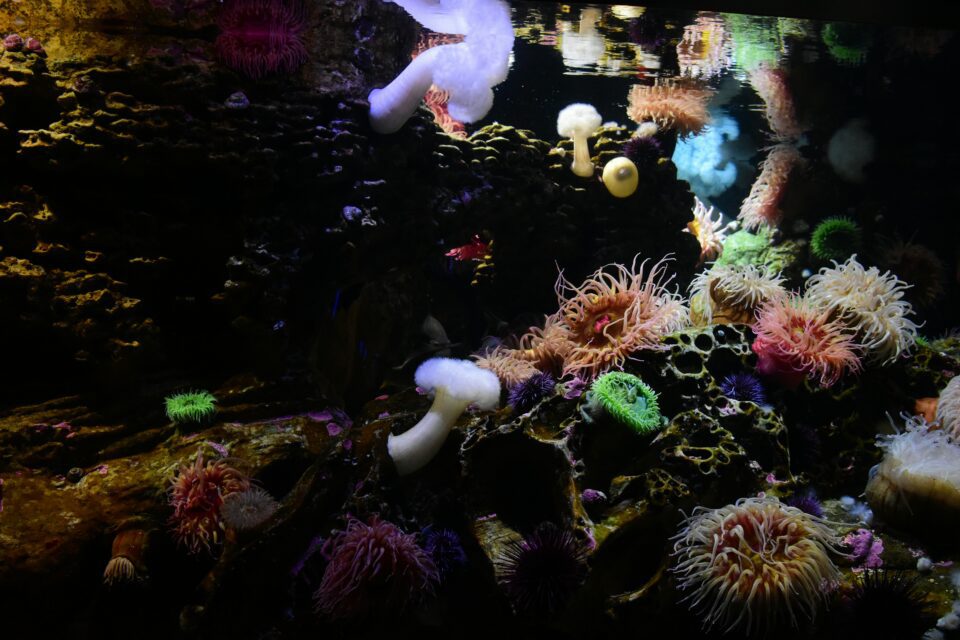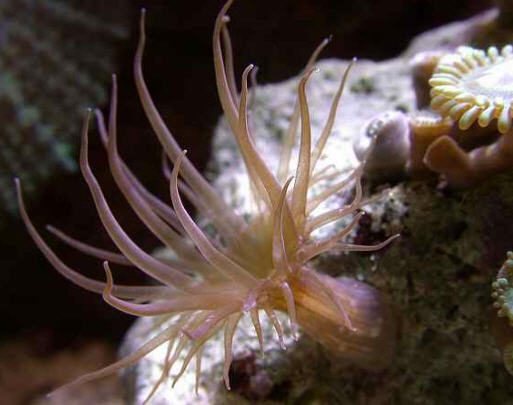Intro
While people used to say, “One tang per tank”, that sentiment is now pretty outdated. If you ask online there are many opinions with the tang police suggesting extreme levels of caution when adding tangs as far as tank size, multiple of the same genus, or overall numbers.
In this guide we will share everything we know about keeping multiple tangs successfully in a saltwater tank.
What do you need
- Cheap plastic mirrors.
- PVC pieces.
- Decent amount of rockwork.
- Tank size. Bigger the better
- Good food.
Mirrors
Tangs are very peaceful, unless they see another tang. In the wild this aggressive picking order also exists, but since they are schooling fish the stress is spread amongst hundreds of fish. That means no one fish takes the constant aggression.
In a tank, there is realistically very few places for a new inhabitant to run to. The mirrors refocus the established tangs attention on a new “virtual” tang. And since you are more than likely adding a different species of tang, the identical tang in the mirror is a bigger problem for the established surgeonfish and will take the majority of the attention.
PVC Pipes
It is suggested that you rearrange rocks when putting a new tang in the tank. This breaks up the landscape and removes the established tangs territory, making them less aggressive. This is effective but difficult for many tank owners, especially those with coral.
A simpler and more effective option is to use PVC pipes. Using 2-3″ pvc junction pieces, like T’s, 90’s and other unique shapes, you can mimic rearranging the rock work, while adding tons of hiding spaces for the new tang.
Not only do they add hiding spaces, and break up the territory, they are simple to rearrange. We suggest moving the pipes around daily for a few days while acclimating the new tang.
Rockwork
Tangs need to be able to get away from each other, this actually applies to most fish. They need alcoves, caves, and other structures to break up line of sight with other tangs. If you’re planning on adding more than one tang in a tank, especially of the same Genus, make sure you have ample rockwork with nooks and crannies for them.
Tank Size
The bigger the tank, the better it is for tangs. They are large fish and need room. But at a minimum we suggest 30 gallons per tang in your tank. It’s aggressive but with proper husbandry and by following this guide, that is enough for all but the largest tangs.
Also remember that fish need horizontal space more than height. So a 60 gallon long is much better than a square 60 gallon tank and the rule of thumb really falls apart when you get into tanks that aren’t wide enough.
Good Food
One of the reasons tangs compete so aggressively is for food. A supply of good food can really help reduce any aggression. Tangs need two foods, meaty varieties and nori.
With the meaty foods, we suggest a good variety of quality food. We love LRS reef frenzy. But any high quality food with a variety of shrimp, crab, scallops and other meaty foods will work. A vitamin supplement added to the food along with garlic extract can increase the nutritional value of the food.
With nori, variety is key. Getting unsalted nori of green, red, and purple varieties can keep them interested and happy. We suggest putting a vitamin supplement like selcon on the nori and letting it soak in before feeding it to the tangs.
Conclusion
There are many ways to make multiple tangs work, we really suggest you follow our guide entirely to maximize your success rates. Also adding tangs simultaneously helps as well, so they can figure out their own territories. And lastly, keep in mind the shape of the tangs. The more similar shaped tangs you get, the more difficult things will be. Keeping various types and shapes of tangs just makes everything that much easier.




